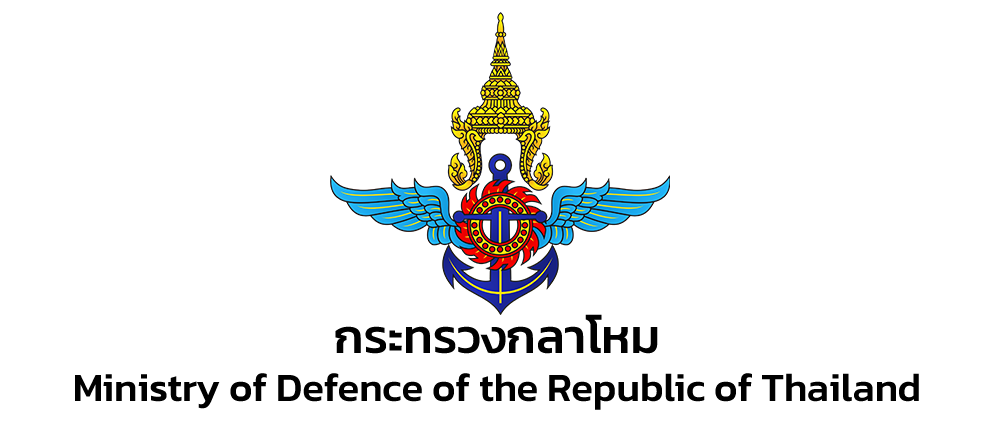- May 4, 2021
- 2,373

Title: Exercise Sunny Flight 2003
Document Number: RTAF-EXSNF-001/2003
Classification: Semi-Confidential | Secret
Security Level: NSST Protocol + Traditional Maximum Secure Encrypted Method
Date: July 8, 2003
XI. IntroductionX
Background and Objective
The Republic Thai Air Force Wing Four's 403rd Fighter Squadron "Sunny" has always been an essential combat group because of its close proximity to both Laos and Cambodia's strategic positions. To guarantee the preparedness of the Thai military, which shows no signs of danger, the Thai Force regularly conducts a number of military drills as part of their regular training. Exercise Sunny Flight 2003, as well, was strictly within the regular scope and does not imply that the Thai military is responding to or reacting to anything; any such exercise would require explicit description. This exercise has five main objectives.
- Air-to-Air Combat Proficiency: Engage in simulated dogfights to enhance pilot skills in close-quarters combat.
- Air-to-Ground Operations: Practice precision strikes on ground targets using a mix of guided and unguided munitions.
- Electronic Warfare and Countermeasures Training: Implement scenarios involving electronic countermeasures and enemy radar jamming.
- Night and All-Weather Operations: Conduct operations under various weather conditions and during night-time to test all-weather operational capability.
- Interoperability and Coordination: Focus on coordination with ground and naval forces, as well as with other air units.
2.1 Guidance
This operation is conducted under the guidance of the Defense Minister, Sutin Klungsang, and approval from Prime Minister Thaksin Shinawatra.
XIII. Operational ForcesX
Republic Thai Air Force Wing Three
- Ubon Air Base
- 403rd Fighter Squadron “Sunny"
- 575 Ground Crews
- [34] F-16AM Block 20 MLU
- 34 Pilots
- [16] F-16BM Block 20 MLU
- 32 Pilots/Crews
- [34] F-16AM Block 20 MLU
- 575 Ground Crews
- 403rd Fighter Squadron “Sunny"
XIV. ExecutionX
4.1 Initial Deployment
All personnel will be reported to the respective base with all necessary equipment per the Defense Ministry documents.
4.2 Communication
Effective communication among all the units must be maintained. Any unidentified or suspicious activity must be reported to the command center immediately.
4.3 Rules of Engagement
Engagement will be per the established Rule of Engagement (ROE) with the application of Increased Vigilance (IVG) and international laws. The use of force must be proportionate, and only used in self-defense or to deter identified threats after all non-lethal methods have been exhausted.
4.4 Support
Logistic support, including fuel, supplies, and maintenance, will be provided by the respective naval bases.
XV. CoordinationX
5.1 Inter-agency
Liaise with maritime agencies such as the Navy, Coast Guard, and Air Force to ensure maximum coverage and sharing of intelligence.
5.2 International
In case any foreign vessels or units are involved, contact must be established with the respective embassies or consulates and the situation must be reported to the Ministry of Foreign Affairs.
XVI. ConclusionX
The Defense Ministry has mobilized all necessary resources for the deployment of Exercise Sunny Flight 2003. The Defense Ministry expects that its contribution will represent Thailand's role as a regional leader dedicated to peace, stability, and cooperation in Southeast Asia
[Signature]
Sutin Klungsang
Defence Minister
[Signature]
Thaksin Shinawatra
Prime Minister, Republic of Thailand
Document Clearance:
The Office of the Prime Minister
The Ministry of Foreign Affairs
The National Intelligence Agency
The Republic Thai Air Force Command Center
The Republic Thai Navy Command Center
The Republic Thai Armed Forces Special Warfare & Operation Command
Distribution List:
The Office of the Prime Minister
The Ministry of Foreign Affairs
The National Intelligence Agency
The Republic Thai Air Force Command Center
The Republic Thai Navy Command Center
The Republic Thai Police
The Republic Armed Forces Headquarters
The Republic Thai Air Defense Command
The Naval Special Warfare Command
The Air Force Security Force Command


